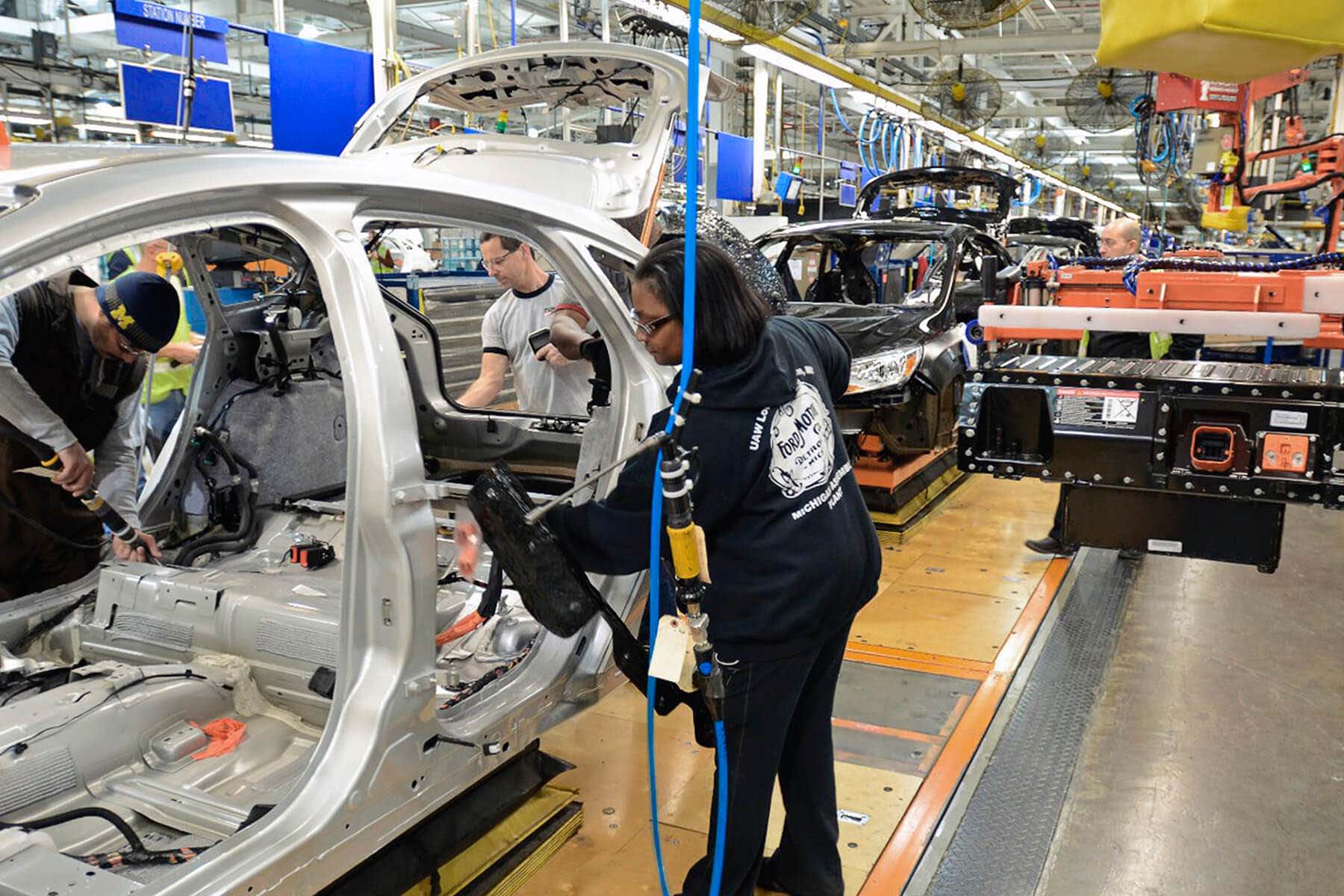
The company recently developed a dedicated additive manufacturing research program to explore the potential of new technologies, not just for the rapid development of functional prototypes but also to manufacture final parts that will eventually hit the road. “If we can shave months off of production time and get a new model onto the market earlier, we can save millions,” said Ellen Lee, team leader in additive manufacturing research at Ford.


To date, key challenges have stood in the way of 3D printing becoming a manufacturing tool for the automaker. The first issue is a fundamental one — conventional 3D printing technologies make parts layer-by-layer, slowly crafting one layer at a time, creating parts that aren’t nearly as robust as those stamped or injection molded. While the slow speed of this process is a major drawback, the bigger problem is that the parts produced are not isotropic and not durable enough to be used in production vehicles.
In addition, most parts used in vehicles today must withstand temperature extremes from the hottest desert to the coldest Arctic environments and still maintain their integrity. With only a handful of stock materials available for 3D printers, meeting the automaker’s unique demands has not been possible.
In 2014, Carbon demonstrated the Carbon Digital Light Sythensis™ (Carbon DLS™) process to Ford’s additive manufacturing group. “It was really exciting to see the resulting mechanical properties. There were a lot of things we saw in the technology that would address the main challenges, and we decided to investigate,” Lee said. The team was eager to join Carbon’s early access program and begin using one of the devices. Ford has been working with a pre-release version of Carbon’s first device to evaluate its ability to produce commercial-quality polymeric parts by unlocking mechanical properties unattainable with any other 3D printing technology.
“We’re thrilled. The parts we’ve tested are strong in all directions, just like injection molded parts. That’s the target we’ve been chasing after for decades.”
Ellen LeeFord Motor Company
Ford has already used the device made using the Carbon DLS™ process to grow elastomer grommets for the Focus Electric and test them against those made by traditional 3D printing methods. The soft but sturdy grommets are designed to protect wiring on the inside of the door from being damaged when the door opens and closes. The Ford team used the Carbon DLS™ process to produce the grommets in less than a third of the time and with material properties much closer to the final properties desired for the part. In a similar project, several alternative designs were evaluated for a damping bumper part on the Ford Transit Connect. The game-changing manufacturing time of the Carbon DLS™ process allowed engineers to make design iterations much more quickly than with traditional methods.

Most recently, Ford needed to address a major engineering issue that arose after placing a V8 engine into a new vehicle body design. The vehicle’s design created an unreachable oil filler cap because the engine sat lower and farther back under the hood. The product engineering team realized the opportunity to quickly address the issue using the device created with the Carbon DLS™ process. The team was able to rapidly design, prototype and manufacture an oil connector using rigid polyurethane and elastomer materials to access the oil fill tube without needing major redesigns to several components of the vehicle.

When it comes to realizing Ford’s ambitions to use additive manufacturing as a manufacturing technology, nothing is more important than having the right materials. Thanks to Carbon’s commitment to polymer chemistry and the unique advantages of the Carbon DLS™ process has to support an incredibly broad range of materials, Ford has been able to significantly expand their own materials research efforts. To date, the team has tested several materials, including resins reinforced with nano-sized particles and is eager to further investigate resin modifications for improved mechanical properties and consider the creation of thermally and electrically conductive materials for future vehicle applications.
“The Carbon DLS™ process is allowing our engineers to shorten their design iteration time and reach a final-part more quickly, which is exciting because it means higher quality and more cost-effective products for our customers,” explained Lee.